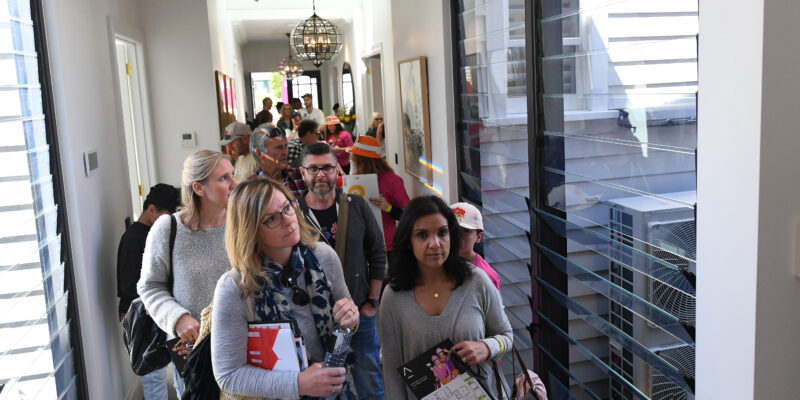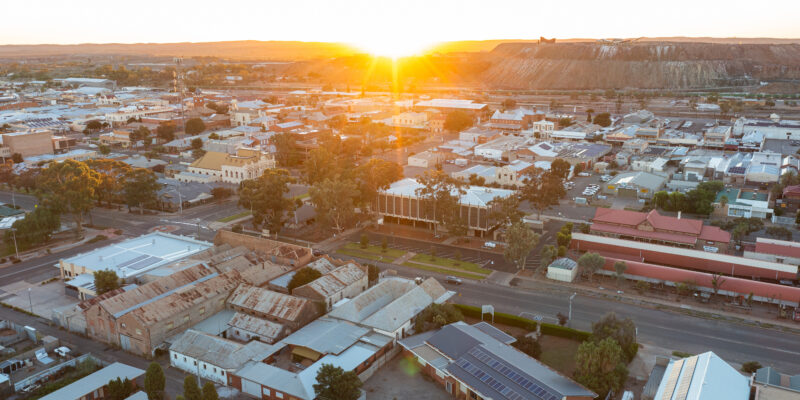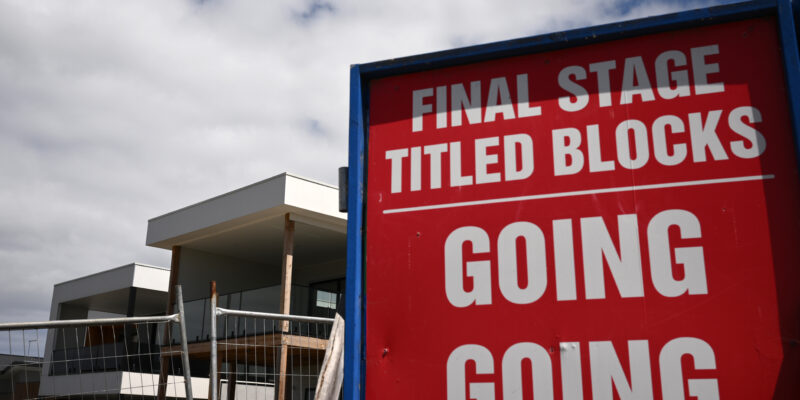Affordability improves on rate cuts – but challenges remain
Buyers and renters are faring better for the first time in 12 months, according to new data.

HOUSING affordability is showing early signs of improvement for the first time in over a year.
The Real Estate Institute of Australia’s latest Housing Affordability Report shows loan repayment costs dropped in the March 2025 quarter.
The proportion of median family income required to meet average loan repayments fell to 48.0 per cent.
That marks a quarterly improvement of 2.0 percentage points and the biggest gain since March 2016.
REIA President Leanne Pilkington said the result was driven by “a combination of rising incomes and easing repayment levels.”
Median weekly family income rose by 1.1 per cent over the quarter and 4.0 per cent year-on-year to reach one thousand five hundred and sixty-one dollars.
At the same time, average monthly loan repayments fell by 2.9 per cent to five thousand three hundred and twenty-three dollars.

All states and territories saw housing affordability improve, except the Northern Territory.
The NT recorded a decline of 0.5 percentage points.
Tasmania posted the smallest improvement at 0.1 percentage points.
New South Wales and the ACT led the gains with a 3.0 percentage point increase.
Rental affordability also improved slightly for the second consecutive quarter.
The proportion of income required to pay median rent dropped 0.2 percentage points to 24.5 per cent.
New South Wales and Western Australia posted the biggest improvements for renters.
Conditions worsened in Queensland, Tasmania and the Northern Territory.
“New South Wales continues to be the least affordable state or territory in which to rent,” Ms Pilkington said.
First home buyer activity remained steady but dipped in volume.
There were 26,091 new loan commitments in the March quarter.
That is down 15.9 per cent from the December quarter but 1.0 per cent higher than a year earlier.
First home buyers made up 35.7 per cent of all owner-occupier loan commitments.
That share was flat over the quarter but down 1.1 percentage points year-on-year.
Ms Pilkington said it was “too early to declare a full-scale recovery in affordability.”
She added that stable interest rates and continued wage growth would be key to sustaining the trend.






